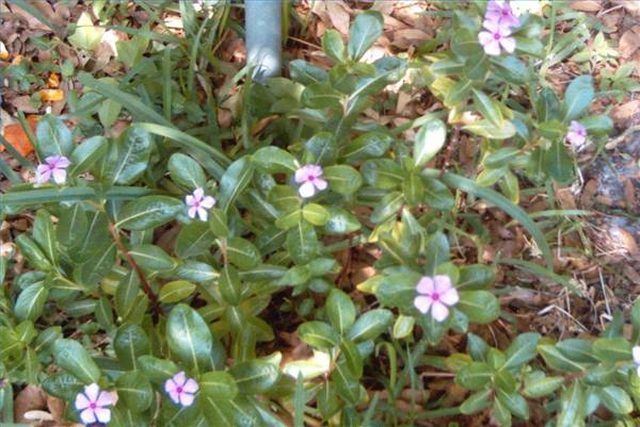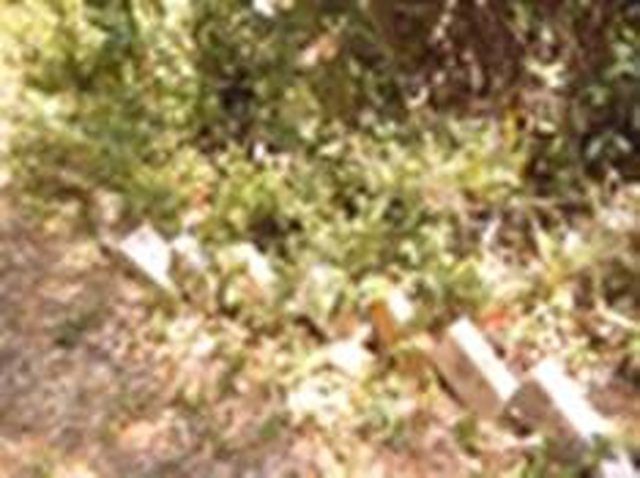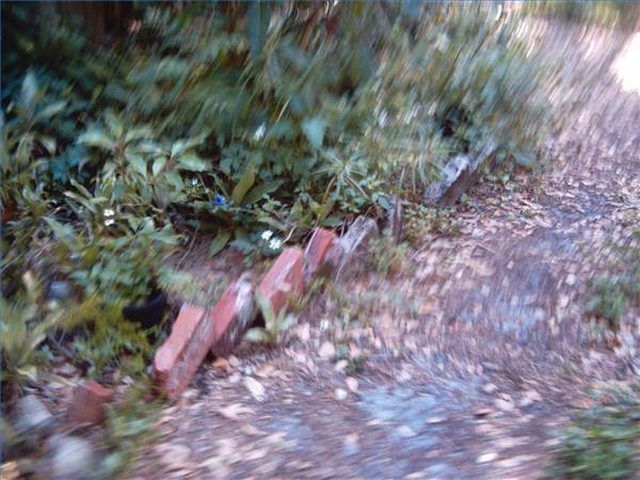Bulbs
Flower Basics
Flower Beds & Specialty Gardens
Flower Garden
Garden Furniture
Garden Gnomes
Garden Seeds
Garden Sheds
Garden Statues
Garden Tools & Supplies
Gardening Basics
Green & Organic
Groundcovers & Vines
Growing Annuals
Growing Basil
Growing Beans
Growing Berries
Growing Blueberries
Growing Cactus
Growing Corn
Growing Cotton
Growing Edibles
Growing Flowers
Growing Garlic
Growing Grapes
Growing Grass
Growing Herbs
Growing Jasmine
Growing Mint
Growing Mushrooms
Orchids
Growing Peanuts
Growing Perennials
Growing Plants
Growing Rosemary
Growing Roses
Growing Strawberries
Growing Sunflowers
Growing Thyme
Growing Tomatoes
Growing Tulips
Growing Vegetables
Herb Basics
Herb Garden
Indoor Growing
Landscaping Basics
Landscaping Patios
Landscaping Plants
Landscaping Shrubs
Landscaping Trees
Landscaping Walks & Pathways
Lawn Basics
Lawn Maintenance
Lawn Mowers
Lawn Ornaments
Lawn Planting
Lawn Tools
Outdoor Growing
Overall Landscape Planning
Pests, Weeds & Problems
Plant Basics
Rock Garden
Rose Garden
Shrubs
Soil
Specialty Gardens
Trees
Vegetable Garden
Yard Maintenance
How to Plant a Flower Bed
How to Plant a Flower Bed. Planting a flower bed takes a little planning, proper tools, flowers appropriate for your region and hard work to prepare the bed. Planting a flower bed adds to the beauty of your home and serves as a source of food and nutrients for birds, bees and butterflies.

Planting a flower bed takes a little planning, proper tools, flowers appropriate for your region and hard work to prepare the bed. Planting a flower bed adds to the beauty of your home and serves as a source of food and nutrients for birds, bees and butterflies.
Things You'll Need
String
Posts (optional)
Shovel
Trowel
Garden snippers
Topsoil
Compost
Bulbs
Potting flowers and plants
Mulch
Bricks
Rocks
Railroad ties
Fencing
Put your flower bed in an area that receives adequate sunlight and has soil that drains well. Decide the shape of your flower bed: rectangular, square, round or abstract. Make your raised or ground-level flower bed by mixing ground soil with topsoil. For a raised flower bed, you'll need railroad ties, bricks or stones in the retaining wall that holds your soil.

Insert short posts into the ground along the perimeter to outline the shape of the flower bed. Securely tie one end of a piece of string to the first post. Proceed to the next post. Pull the string tightly to take up any slack and wrap the string several times around the second post. Repeat this step with each post. Secure the string to the final post by tying a knot.
Prepare the soil with a shovel, digging up 10 to 12 inches to loosen it.
Mix the ground soil with compost or topsoil if the ground soil is of poor quality. Spread the mixture evenly throughout the flower bed. In a raised flowerbed, add additional top soil to raise the height of the bed.

Using the trowel, dig a hole deep enough for the root structure of each plant and wide enough to allow the roots to expand. Remove each flower from its container, being careful not to break the roots. Place the flower into the hole. Use garden snippers to remove any damaged stems or leaves. Fill in the hole with the soil mixture and gently press the soil around the flower to secure it. Avoid packing the soil too hard around the flowers.
Water the flowers lightly and add more soil mixture as necessary. Spread a layer of mulch over the entire area to prevent grass and weeds from growing into the flower bed. Remove the posts and string and replace the outline with bricks, blocks, stones or fencing or use wooden beams or ties to support the soil.

Tips & Warnings
When tying the string to each post, keep the string close to the ground so there is less chance of tripping over the string.
Newly-planted flowers should be kept moist, but do not overwater.